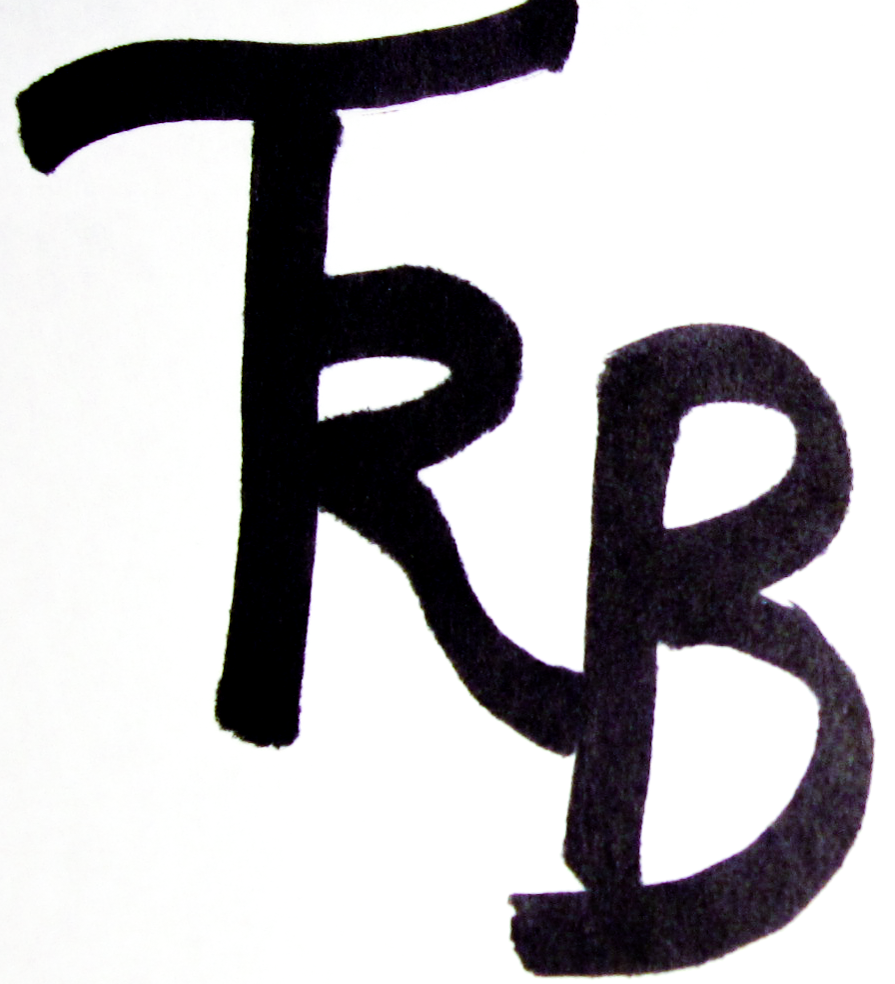Background
My PhD in electrical engineering led me to San Diego in 1981 to join a company that developed wireless communications systems. Woodworking at that time was mostly DIY construction of cabinets and house repairs. In 2002 I happened to read an article about woodturning. What fascinated me was the free-form nature of woodturning. A search revealed that there was a woodturning group in the San Diego area and that someone was offering a three-day course for beginners. By the end of the third day I was "hooked!". I ordered a special lathe, made in Australia, and impatiently waited the 3 months it took for it to arrive.
For several years my involvement in the roll-out and advancement of Bluetooth technology plus frequent international travel did not allow much time for serious woodworking. At the end of 2006 my wife and I moved to Whidbey Island and my work in Bluetooth continued from my home office, augmented with periodic meetings in various locations in the U.S., Europe and Asia. During this time woodturning was relegated to evenings and weekends. In 2012, when I retired, woodturning became a full-time activity... well in addition to maintaining a wooded property in a northwest forest.
I have been a member of the American Association of Woodturners since 2002 and have attended many of the annual meetings.
Woodturning Philosophy
My objective throughout has been to exhibit the beauty of the wood. From the external details of a chunk of a tree, it is possible to make some guesses as to the interior, for example: the basic color and grain, the merging of various trunk and limb structures, crotch bifurcations, and long-since severed/pruned limbs. Based on those guesses and having settled on a possible orientation, I can then make some cuts. However, in the process of working the piece on the lathe, more of the detail will be revealed. As a result, many times I have changed course partway through, which may require re-orienting the piece on the lathe, changing the plan for a shape, or even envisioning an entirely different form (e.g. from a bowl shape to a hollow form, etc.).
I prefer to turn wood from a freshly fallen tree. But the price a woodturner pays in using freshly fallen wood is the risk of the wood cracking as it dries. So, it is usually necessary get the wood into a shape that will prevent the drying from causing cracks. If the piece is going to be a bowl, it can be turned to completion immediately. When a bowl is turned to completion immediately, it is necessary (for some woods) to make the walls thin enough that the wood can dry, shrink as necessary and change shape as will happen. Most of the time, the wood will tolerate the shape changes and not break. The resulting bowl will not be round and the base make be uneven. This provides direct evidence of the character of the tree and the power of the drying.
However, in some instances, (e.g. a large bounty of wood all at once, or a sudden family issue), I cannot get to turning all the wood from a tree in a timely manner. In such cases, the remaining wood can simply be "rough-turned" to the basic shape, in which case, the walls are left thick enough to account for the likely shape-changes caused by differential shrinkage in the drying process. It is important to leave sufficient margin in the drying wood for a second turning, which will restore the shape to round, before proceeding to turn the now rounded form to completion.
Wood Sources
Virtually all of the wood I have used in my woodturning has been given to me by the owner of the tree or it was left at the side of road by the city or power company doing tree clearing. One exception is the top 40 feet of a Norfolk Island Pine that was erected at Ocean Beach in San Diego as a Christmas tree. When it was being taken down, some members of the San Diego wood turning group assembled with chainsaws in hand to cut up and haul away the entire trunk of that tree. The city workers took the branches. (You can see a report of this yearly Christmas event, albeit from a different year.)
For the situations in which someone gave me access to a tree, I would usually arrange for them to come and see what I have turned from the tree, and to select some representative pieces for themselves. In the case of the Whidbey Institute, I donated most of the pieces I turned from the Institute trees back to them. They subsequently used these turnings as awards for donors/supporters and longterm staff or important visitors and work-shop presenters. As a result, my work has spread around the country and to some extent around the world. Also the publicity has led several community members to offer trees from their properties to me for woodturning, in lieu of it becoming firewood.
Getting the wood from the owners is rewarding in that it establishes a personal connection. On the other hand it does set expectations on the quality and productivity of the work. In several cases, the owners have shared some of the resulting pieces with family members, as the turnings memorialize family experiences with the tree, once a fort, a limb for a swing, a climbing structure, a model for art projects, a source of fruit, or a landmark for the entrance to their properties.
